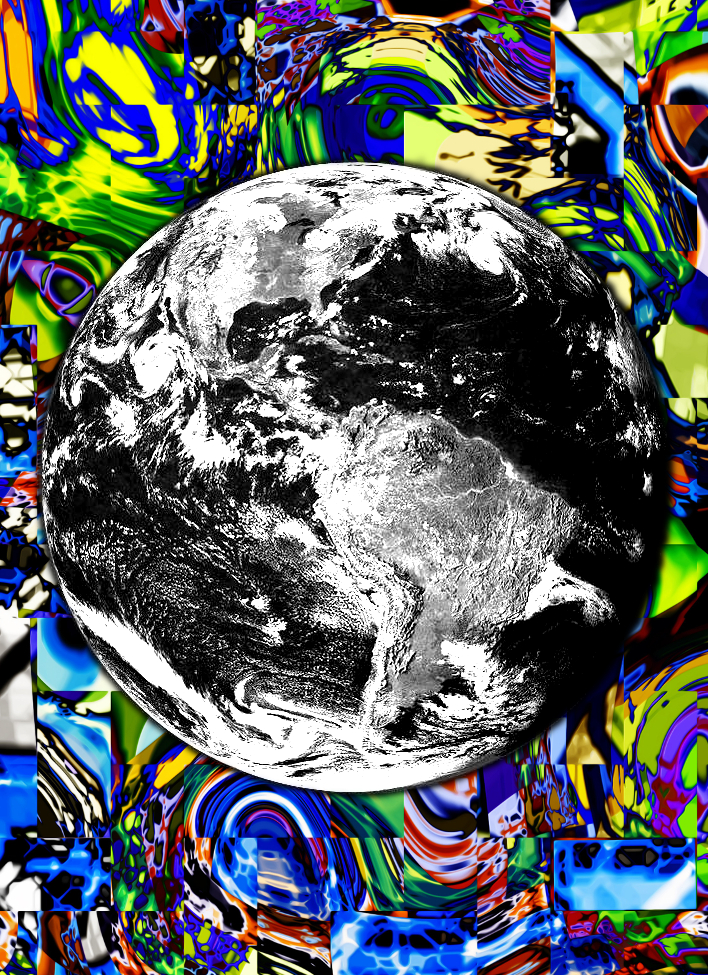La Niña linked to prior extremes
 Experts are investigating the causes of the recent triple-dip La Niña.
Experts are investigating the causes of the recent triple-dip La Niña.
La Niña, the cold phase of the El Niño Southern Oscillation climate pattern, often brings flooding to Australia, extreme drought to the southwestern US, and cold wet winters to the Pacific Northwest.
This pattern more or less recurred the past three years as part of a conveyor belt of weather disasters spawned by a rare “triple-dip” La Niña.
While seasonal forecasts suggest that the tropical Pacific is now transitioning to a warm El Niño phase, scientists like Michael McPhaden of the US National Oceanic and Atmospheric Administration are trying to figure out what caused the triple-dip La Niña and whether such events will become more likely as Earth warms.
McPhaden will present his team’s analyses during the European Geosciences Union (EGU) General Assembly EGU23.
Scientists hypothesise that multiyear La Niña events are caused by a rebound from preceding extreme El Niño events.
The thought is that extreme El Niños drain the tropical Pacific of heat, causing a deficit that takes years to recover - hence, multiyear La Niñas can occur.
McPhaden says it is like a pendulum.
“A big swing in one direction means the pendulum will make a big swing in the other direction,” he said.
But the current three-year La Niña was not preceded by an extreme El Niño and thus does not fit that scenario, McPhaden explains.
“Nature has a way of tripping you up when you think you know the answers. The easy formula ‘Big El Niño followed by multiyear La Niña’ was a nice rule of thumb. But it doesn't work all the time.”
Extreme conditions far from the tropical Pacific may have caused the triple-dip, McPhaden and his team hypothesise.
Their analyses indicate that anomalous warmth in the tropical Indian and Atlantic oceans energised the La Niña, leading to the three-year event.
“Something needed to kick the system in the direction of La Niña so as to trigger the self-reinforcing feedbacks that characterise El Niño and La Niña variations,” McPhaden says.
“We think that kick may have first come from the Indian Ocean with a later boost from the Atlantic.”
As to the bigger question - whether the world will see more such events in the future - McPhaden says; “We don’t know, but scientists are starting to address this question”.
But, he says, the tropical Pacific has been trending toward a more La Niña-like background state over the past 40 years, which may have set the stage for the triple-dip La Niña.








 Print
Print